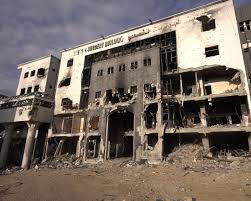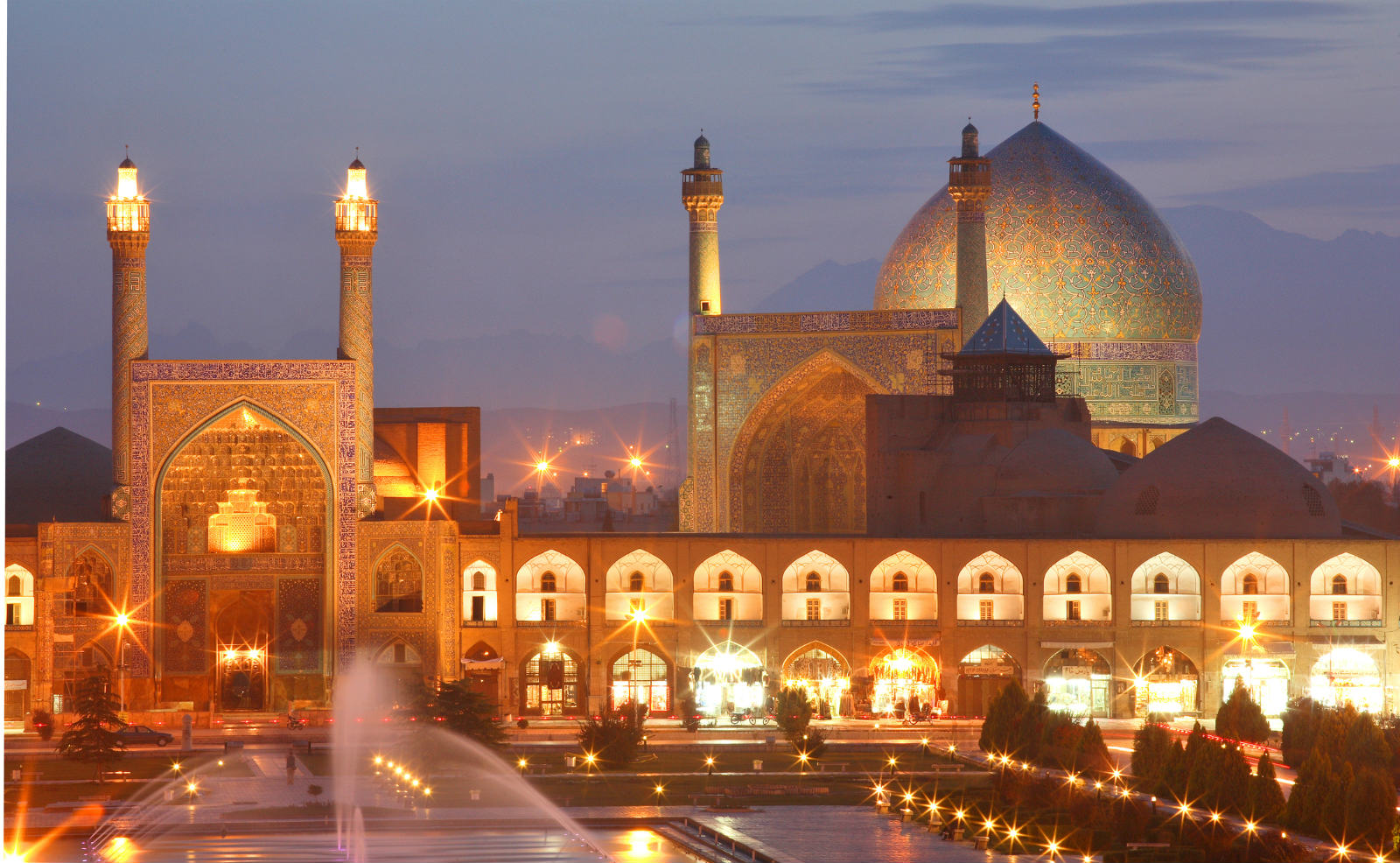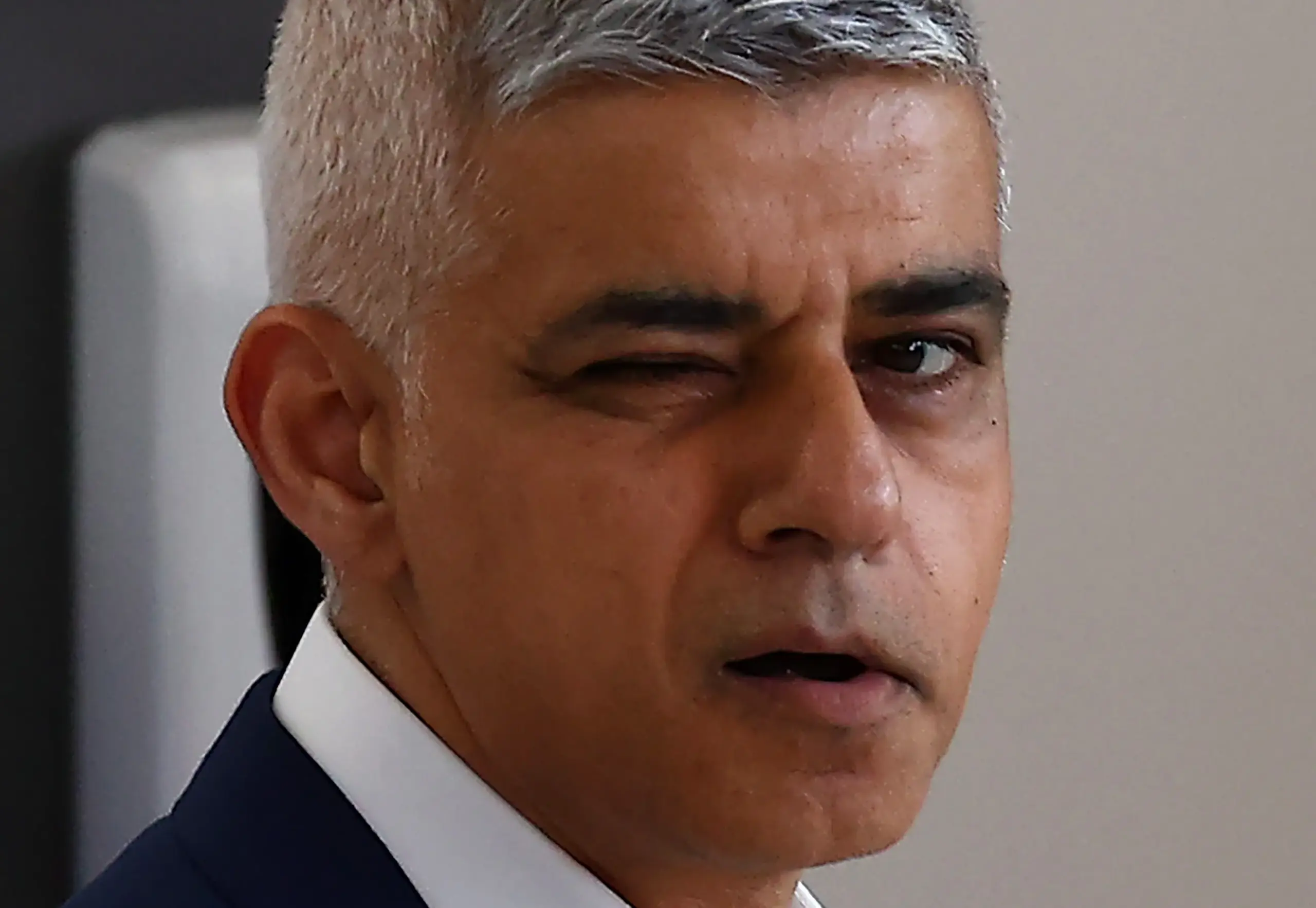
Introduction
The ongoing conflict in Gaza has created a dire situation for healthcare professionals, with doctors facing unprecedented dangers as they strive to care for the injured. As the humanitarian crisis escalates, the importance of protecting medical staff and facilities has become paramount, raising global concern over the safety of those committed to saving lives.
Current Situation for Gaza Doctors
Reports from the region indicate that healthcare workers in Gaza have been subjected to direct attacks, with numerous medical facilities damaged or destroyed. According to the World Health Organization (WHO), over 70% of hospitals in Gaza are either non-functioning or operating at reduced capacity due to the ongoing hostilities. This deterioration of healthcare infrastructure has severely limited access to essential medical services for the civilian population, exacerbating the already critical humanitarian crisis.
As of October 2023, doctors in Gaza report being targeted while attempting to reach their workplaces or while providing care in makeshift emergency settings. The medical community has expressed fears about the implications of these attacks on the morale and safety of their teams. The situation has become so perilous that many healthcare professionals are being forced to work in secret or seek refuge in safer areas, often at great personal risk.
International Response
The alarming rise in violence against healthcare workers has drawn the attention of international human rights organizations, which have called for immediate action to ensure the protection of medical staff under international humanitarian law. The United Nations has reiterated its call for all parties involved in the conflict to respect the sanctity of medical facilities and to refrain from attacks on healthcare workers, emphasizing the principle that the provision of medical care must continue regardless of the surrounding circumstances.
In response to the crisis, various humanitarian organisations have ramped up efforts to deliver medical supplies and support to Gaza, but access remains a significant challenge due to security concerns and border restrictions. The commitment of these organisations to safeguarding health professionals and providing necessary resources highlights the urgent need for international solidarity in the face of overwhelming adversity.
Conclusion
As the situation continues to evolve, the plight of Gaza doctors underscores the critical intersection of healthcare and conflict. Without immediate intervention and support, the existing healthcare crisis threatens to spiral further out of control, with potentially irreversible consequences for the region’s civilian population. The international community must act decisively to uphold the safety of healthcare workers in Gaza, ensuring that they can fulfill their vital role without fear of attack. The future of healthcare in Gaza depends not just on medical professionals, but on a global commitment to peace and protection in times of crisis.
You may also like

Key Developments and Current Events in Iran

The Darkness: Current Events and Musical Journey
